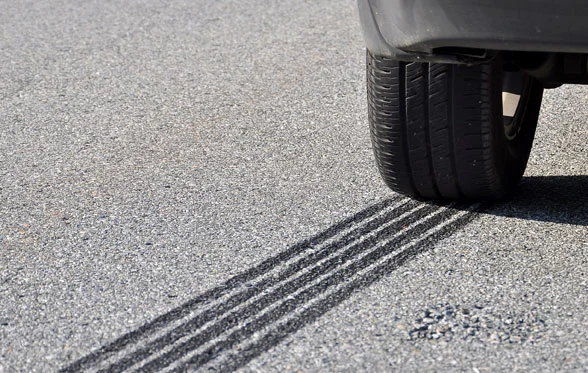The United Nations Economic Commission for Europe (UN ECE) have recently published two new UN ECE Regulations covering systems which are intended to assist drivers in avoiding collisions with vulnerable road users, i.e. pedestrians and cyclists. Both of these Regulations require vehicles to be equipped with systems which alert the driver to the presence of vulnerable road users in close proximity to the vehicle when the driver is undertaking low speed manoeuvres. The two Regulations in question, both of which were published onJuly 6, 2021, are UN ECE Regulation No. 158.00 on reversing motion and the driver’s awareness of vulnerable road users behind the vehicle and ECE Regulation No. 159.00 on moving off information systems for the detection of pedestrians and cyclists.
ECE Regulation No. 158.00 applies to all M and N category vehicles (i.e. all passenger carrying and all goods carrying motor vehicles) and requires the fitment of a system to allow the driver to detect the presence of vulnerable road users, especially children, in close proximity to the rear of the vehicle when the vehicle is reversing. This vision / detection system may take the form of:
- The rear view mirrors or rear view camera monitor system fitted to the vehicle to comply with the requirements of ECE 46 on indirect vision,
- An additional close proximity rear view mirror(s),
- An additional (reversing) rear view camera system,
- A detection system (e.g. parking sensors), or
- A combination of the above devices.
For M1 and N1 category vehicles (i.e. passenger cars, multipurpose passenger vehicles, pick-up trucks and vans) meeting specific design and dimensional criteria, the fitment of separate vision/detection system is not required if it can be demonstrated that the driver can obtain a direct view of the required area by "looking back"over his shoulder.
The Regulation contains a specific procedure to assess the direct vision available to the driver by "looking back"over his shoulder. The Regulation specifies the field of vision that must be achieved by mirrors and camera systems, and the field of detection that must be achieved by detection systems (e.g. parking sensors). It also contains specific test procedures to assess compliance with these field of vision/field of detection requirements.
For each of the permissible vision/detection system, i.e. mirror(s), camera system or detection system, the Regulation also specifies requirements on their design, operation and installation.
ECE Regulation No. 159.00 applies to M2, M3, N2 and N3 category vehicles (i.e. buses, coaches, trucks and tractor units) and requires the fitment of a system to allow the driver to detect the presence of vulnerable road users, i.e. pedestrians and cyclists, in close proximity to the front of the vehicle when the vehicle is moving off from stationary or travelling in a forwards direction at speeds of up to 10km/h. The system must inform the driver via an optical signal when a vulnerable road user is in close proximity to the front of the vehicle and must provide an additional warning signal to the driver when a potential collision with a vulnerable road user is detected. This warning signal must be a combination of at least two of the following; optical, acoustic or haptic.
The Regulation includes specific test procedures to verify the performance of the system, involving the use of "targets"representing an adult pedestrian, a child pedestrian and an adult cyclist. It also specifies the proximity distance range over which the system must be able to operate, restrictions on when the system can be deactivated and requirements on the warnings to be given to the driver in the case of a failure within the system.
Whilst no mandatory introduction dates are specified within these two new UN ECE Regulations themselves, the European Union have already confirmed their intention to mandate compliance with these new UN ECE Regulations in EU Regulation No. 2019/2144 on "the type approval requirements of motor vehicles and their trailers, and systems, components and separate technical units intended for such vehicles, as regards their general safety and the protection of vehicle occupants and vulnerable road users", more commonly referred to as General Safety Regulation 2 or GSR 2. According to Annex II of (EU) 2019/2144, compliance with ECE 158.00 and ECE 159.00 will become mandatory for new types of vehicle from July 6, 2022, and for all new vehicles from July 7,2024.
The Regulations areavailable on InterRegs.NET for our ECE subscribers and are alsoavailable at www.selectregs.com.
